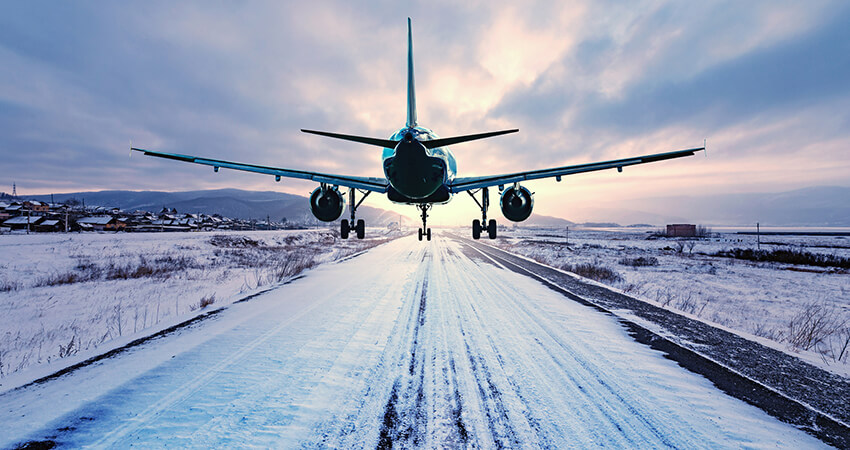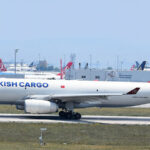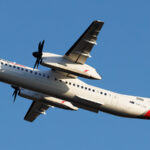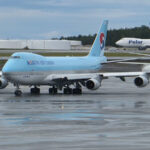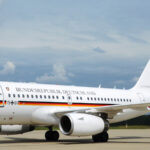Many individuals who have traveled around the world seek new challenges: distant countries, destinations with limited connections, and remote sites. But there is always one place that sparks intrigue, admiration, and enthusiasm: the South Pole. Are we on the way to having an Antarctic airline to fulfill that dream?
While the Antarctic Treaty protects and limits activities on the white continent, there is a growing number of initiatives aiming to bring tourists there. Until now, they typically did so via cruises, especially from Chile and Argentina. To a lesser extent, South Africa, Australia, or New Zealand also have intense activities there due to their geographic proximity.
In the last two years, various projects have sought to introduce a new way of experiencing Antarctica: through commercial flights. However, this presents numerous complications, ranging from logistics and regulations to landing on ice.
The First Commercial Flight: 2021
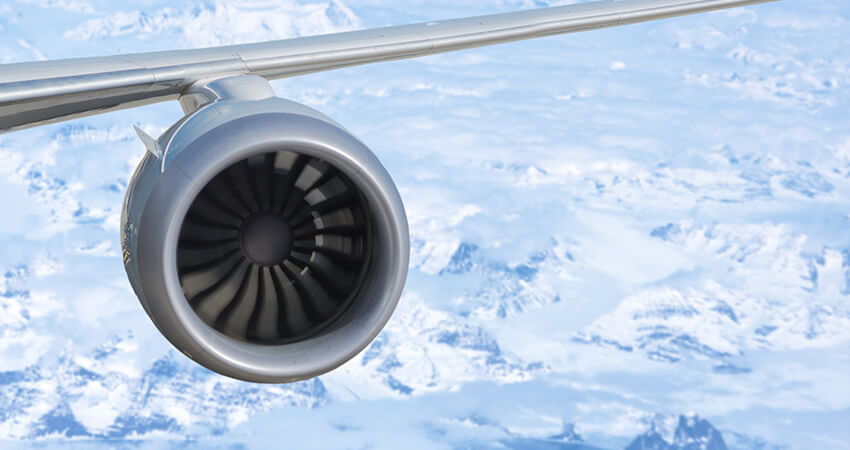
In 2021, the first landing of a large commercial plane in Antarctica took place. It was an Airbus A340-300, operated by the charter company Hi Fly. It was a luxury journey, operated for White Desert, a South African company specializing in such flights.
“This is not just another flight; there are specificities related to this extremely remote operation we were about to carry out, the harsh environment we would face, and the need to ensure there was appropriate protective clothing on board,” said the flight captain, Carlos Mirpuri. He is also the vice president of Hi Fly.
According to him, operating “on an aerodrome excavated in glacial blue ice” and with 190 tons of weight due to the return fuel made it understandable “that the first landing of an Airbus A340 attracted much attention and anxiety.”
This company had already conducted other flights, but in smaller planes. This completely luxurious activity takes place on its runway located in the region known as Queen Maud Land, an area of Antarctica over which Norway claims sovereignty.
In 2017, White Desert participated in a trip with Chinese tourists using a smaller plane, along with a company from China. The flight departed from Hong Kong, made a stop in Cape Town, and reached Antarctica, marking a significant connection between the Asian country and Antarctica.
The First Commercial Boeing: 2023

In November 2023, the next milestone occurred: for the first time, a Boeing 787 Dreamliner successfully landed in Antarctica. Again, on an ice runway, but this time at a Norwegian base, also in Queen Maud Land.
This time, the race to become the Antarctic airline [Antarctic Airways] was led by Norse Atlantic Airways, a Norwegian low-cost airline. The flight, starting in Oslo and making a stop in Cape Town, transported scientists and equipment to the Troll base of the Norwegian Polar Institute.
Although technically the second landing of this type of aircraft, Norse conducted an active marketing campaign about the first commercial flight to Antarctica with a Boeing. The confusion was such that Forbes published an article explaining that Hi Fly’s A340 is slightly larger.
The Challenge of Landing on Ice
Flights to Antarctica began in 1955, but they focus on military and scientific operations of countries with research bases on the continent. Due to the complex environmental conditions and the distance from other continents, using planes often becomes indispensable.
Even planes typically used for commercial operations, such as the Boeing 757/767 or the Airbus A319, had already reached Antarctica. However, one of the aircraft that frequently challenges the cold is the historic C130 Hercules. Used by the armed forces of dozens of countries, it is crucial in the Antarctic operations of countries like the United States, New Zealand, Chile, and Argentina.
One significant advantage of this cargo plane is its ability to land on complex runways, including frozen ones in the white continent. However, like commercial flights, it usually does so only in the summer, even when everything there is frozen.
The Ecological Challenge

These initiatives raise concerns among scientists and environmentalists. Although they argue that Antarctic tourism is still in its early stages and well-controlled, the fact remains that the Antarctic environment is delicate.
Beyond the challenges of landing on ice [ice landing], the main hurdle seems to be focused on the sustainability of these operations. Despite the milestones of landing commercial planes, the idea of creating Antarctic Airways can only thrive if it does not harm the environment with the potential influx of tourists. A significant challenge indeed.
